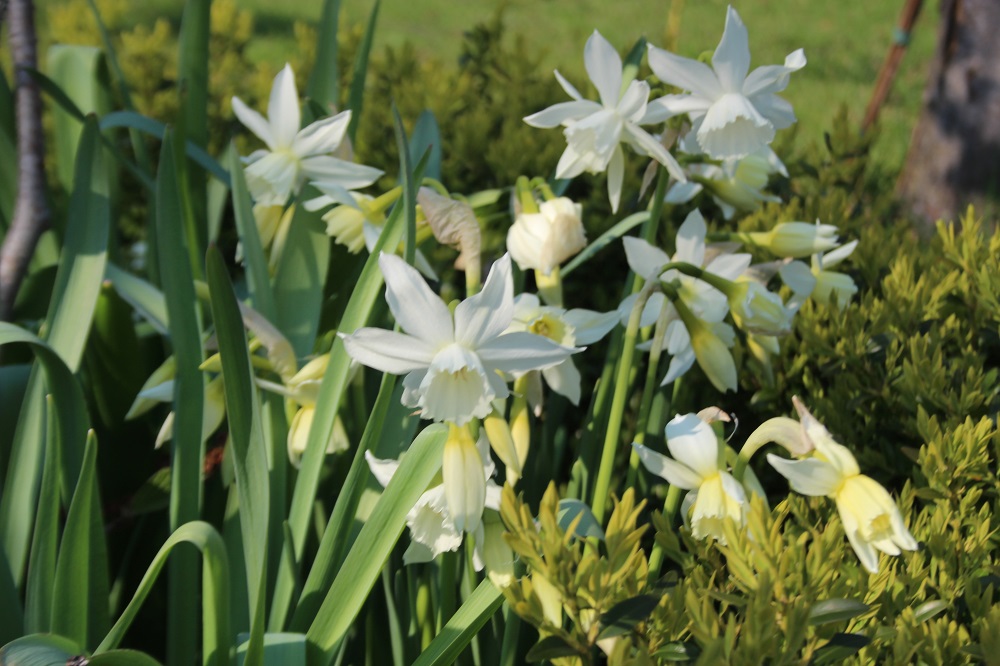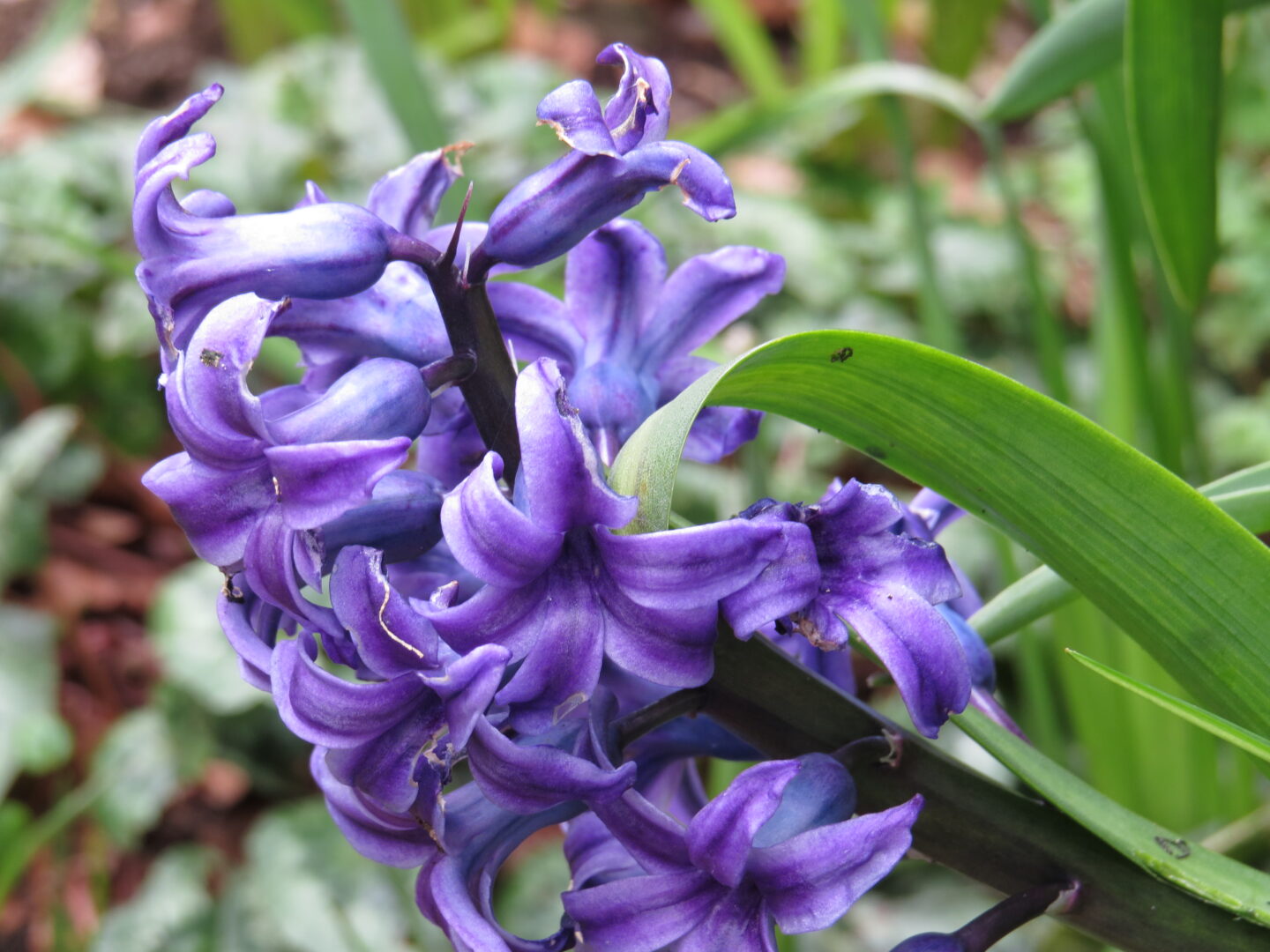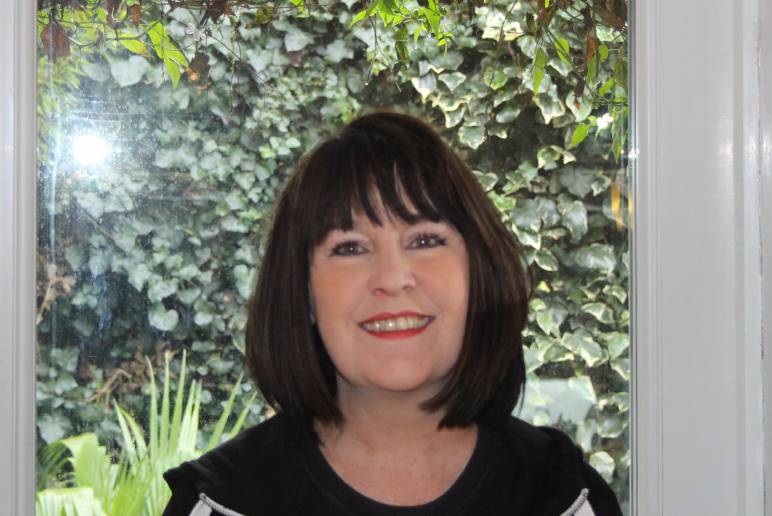After a long, cold winter there’s nothing quite like seeing those little hints of green starting to sprout, signalling that the warmer weather is on its way. So, if you want to make sure your garden is a plethora of colour this season, here’s everything you need to know about plating Spring bulbs
When should I plant spring bulbs?
Spring bulbs usually arrive at the garden centres and nurseries by the end of August. Once purchased, plant your bulbs immediately to ensure the best growth come February, March and April.
Where should I plant them?
Generally, most spring bulbs enjoy a little spot in the sun, but some, (like snowdrops) prefer a little shade – so it’s important that you always read follow the instructions on your seed packets.
Soil conditions
Spring bulbs need good drainage, so always check the soil as bulbs will rot if they are growing in waterlogged conditions. Keep the area around the bulbs weed free and loosen the soil around the bulbs and add a little good quality compost.
Planting
Random clumps of bulbs always look more natural. To achieve this look, toss the bulbs and plant them where they land – trying to leave at least at least an inch between each bulb to ensure good growth. Always plant bulbs deeply, usually about three to four times the size of the bulb, and make sure the bulb is ‘pointed-end’ up. If this isn’t obvious, plant the bulb on its side and it will sort itself out when it starts to sprout.
Once planted, water bulbs well and add a mulch to prevent weed growth.
Choosing your spring bulbs
Tulips
Tulips are a popular spring bulb and come in a variety of bright, bold and pastel shades.
Tulips need to be planted in October/November. They prefer full or partial sun and don’t like to be overwatered as they are prone to rotting. Never water after a freeze.
Feed tulips with a quality feed once they have flowered. When the flowers fade, deadhead them but allow the leaves to die back naturally ensuring the nutrition goes back into the bulbs.

Daffodils
Daffodils are easy bulbs to grow and need to be planted in September/November. They need a well-drained soil in partial or full sun – and really dislike shade.
Always plant daffodils deep to avoid them coming up blind, (just leaves without flowers) and fertilize with a potash fertilizer each spring, especially if the growth has been disappointing.
Deadhead daffodils when the flowers have faded but leave the leaves to die back naturally. If you pick daffodils for a vase, keep them in a vase alone as they release a fluid that causes other flowers to wilt.

Crocus
Carpets of crocus provide a brilliant spring display. Plant your bulbs in October-December in well-drained soil to avoid them rotting. Always water during dry spells but never allow the ground to become waterlogged. Deadhead the flowers and allow the leaves to die back naturally.

Snowdrops
Snowdrops are a delightful early spring bulb that require a well-drained, rich soil, so be sure to add compost. Always plant snowdrops, (in a slightly shady spot so they don’t dry out) in October/November and always allow the plant to die back naturally.

Hyacinths
Always plant these fragrant bulbs in a well-drained fertile soil in full or partial sunlight. After flowering, deadhead the flowers but leave the leaves to die back naturally.

And Finally
Always leave the leaves on spring bulbs for as long as possible, or a minimum of six week to ensure good strong growth the following year.

When it comes to anything to do with gardens and wildlife, Dina is your woman. From growing your own veg to making your garden the perfect haven for UK wildlife, follow Dina’s top tips.